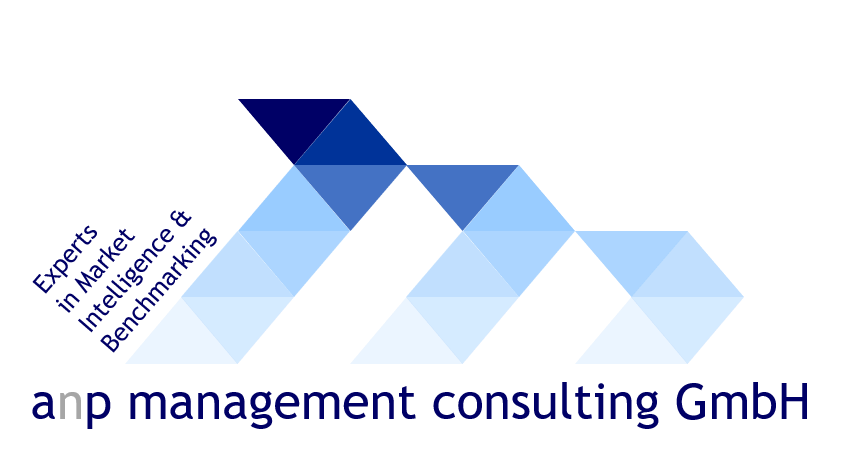Client:
The case study was conducted for a vehicle manufacturer group. The main point of contact was the Head of Cost Engineering and the Head of Cost Controlling.
Introduction:
This case study showcases the transformation of country-specific data management and standardization for a vehicle manufacturer. Developed in collaboration with a university, the project addressed key challenges and outlined actionable strategies to shift from the – at that time – existing ad-hoc data environment to a robust, centralized framework.
The project scope included an exhaustive investigation of prices for 23 factory supplies/consumables across all 62 identified countries, including their defined regions. The OEM was currently obtaining country-specific data from various, unstandardized sources. Collaboration existed with a German University, but the data acquired have been inconsistent and not uniformly updated. This posed challenges for data integrity and accuracy, significantly impacting the company’s cost-calculation system and prices. The primary objective of this project was to enable a centralized repository for all master data, thereby ensuring standardization, comparability, and high data quality across countries.
Specific goals of the project set by OEM:
– Identification of reliable and regularly updated data sources.
– Integration of this data into the client’s cost-calculation system.
Content
Scope of Material and Consumable Cost Investigation:
An essential part of this project is the comprehensive examination of prices for 23 factory supplies, consumables, and materials. This includes obtaining accurate and updated data for all 62 countries, which have been further divided into their respective economic zones and regions. Such meticulous attention to detail aims to contribute significantly to the reliability and precision of the cost-calculation system.
Economic Zones: To kick-start the project, the client has defined specific economic zones and industrial areas.
– North America
– South America
– Western- and Northern Europe
– Central- and Eastern Europe
– North Africa
– South Africa
– China
– India
– Central- and Western Asia
These zones served as the foundation for data collection and analysis.
Country Classification and Regional Subdivision:
62 Countries have been classified into three categories: A, B, and C, each requiring different levels of granularity in data representation. These categories are further divided into regions based on economic variance within each country.
– A-Countries: Requires division into 10-20 regions for nuanced economic analysis.
– B-Countries: Subdivided into 5-7 regions for a balanced overview.
– C-Countries: Typically represented by 1-2 regions for streamlined analysis.
Data Standardization and Quality Control
The ultimate goal was to enforce:
– Comparable definitions for data across countries.
– Compatibility with the existing Cost Calculation System.
– Comprehensive documentation of data sources.
– Periodic data updates.
– Accessible data for the internal cost calculation system.
Methodology:
The study was carried out over a period of three months using desk research and in-depth expert interviews.
Team:
The project tasks were executed by a project manager and 16 consultants.
Added value:
Enhanced Decision-Making: The centralised and standardised data repository bolstered the decision-making process, providing data consistency and accuracy across all regional operations.
Resource Optimisation: The automation of data collection and updates substantially reduced manual labour costs and decreased the risk of human error in data entry and management.
Scalability: With a structured system in place, scaling up to new countries or integrating additional data types became signiꢀcantly more straightforward.
Competitive Edge: High-quality, regularly updated data gave the vehicle manufacturer a competitive advantage, enabling real- time responses to market changes.
Compliance and Accountability: The project facilitated regulatory compliance by ensuring data integrity and security, making it easier to meet international and regional standards.
Risk Mitigation: By using reliable sources and ensuring consistent data quality, the company could anticipate challenges and make adjustments proactively, thereby reducing business risks.
Fostering Collaboration: A standardised data set promoted internal collaboration between departments and stakeholders, providing a uniꢀed basis for discussion and strategy planning.
Vendor Relationship Management: Informed decision-making regarding supplies and materials beneꢀted negotiations and relationships with vendors and partners.
Business Agility: The centralised data repository allowed for rapid changes in strategy by enabling real-time data analysis, increasing the company’s agility in a volatile market.








